The Best of Comix Book: When Marvel Went Underground
is in B&W/ and Full color, HardCover an exclusive Kitchen Sink Press imprint under Dark Horse ISBN:978-1-61655-258-9
Intro by Stan Lee
Forward by Denis Kitchen
Designed and Edited by John Lind
Pam Auditore
Tall, affable, plain spoken Wisconsinite, Denis Kitchen smiles wistfully, “I loved putting this collection together. It’s a nice anniversary.” Hardly the hippie, bomb throwing revolutionary Nixon might associate with with the words: “Undeground Comic Artist.”
In 1973 Denis Kitchen and Stan Lee pulled off what can only be considered, in hindsight, a coup. Bringing together the Marvel and Underground Comic Book Creators in almost unimaginable collaboration. Taking place during the turbulent spill over from the 1960s with the The Vietnam War winding down; Watergate; white flight from cities; social unrest and a New York City as grey and dilapidated as “Taxi Driver” depicts.
At the time, Stan Lee and his bullpen at Marvel were struggling to churn out Super Heroes, Westerns, Science Fiction, Fantasy, War Comics, Hot Rods, Romances and whatever would keep the company alive and paying their bills.
Reacting to and expressing the societal upheaval and the angst of the times, Underground Comics emerged first in Head Shops, then local Bookshops. Artists like Spain, Bill Griffith, R. Crumb, Trina Robbins were free to do what creators at DC and Marvel could not, express freely and personally what they saw going on in their own lives and the world around them without having to censor for profanity, nudity or subject matter. Expressing their own visions through writing and artwork.
It may seem quaint now, in the time of a Deviant Art Digital hyperspace, where one can upload and share with just about everyone anything conceivable, from Justin Beiber fan fiction to Banksy’s or Shepard Fairey’s latest and greatest. Yet, once, Underground Comic Art was not only ground breaking, but dangerous and could have serious consequences such as shutting down businesses, along with jail time and financial ruin.
Back then, the US Mail was your only delivery system or your car. Your tools–paper, pencil, ink, mimeographs, with Xerox Copiers expensive even for Marvel. Your only means of distribution were friends, Comic Shops, Head Shops, and some Bookshops. Marvel’s were mainly Newsstands, local groceries, local bookstores and candy shops. Getting kicked off of any one of those racks could mean never making a cent again.
Among those first to collect and publish his own Underground Comics was Denis Kitchen with his Mom’s HomeMade Comics in 1969. Issues of which Kitchen sent to publishers like Stan Lee and Harvey Kurtzman. Kitchen later went on to publish other Comic Book creators under Kitchen Sink Press. Such legal issues of censorship and community standards is why Mr. Kitchen is one of the Founder of the Comic Book Legal Defense Fund
By the ’50s and ’60s Marvel, DC, and Harvey Comics were squarely aiming at the growing demographic of Baby Boomers while laboring under a self imposed Comics Code to protect minors.
Which made the explosion of Underground Comics during the hey day of suburbia and the middle class all the more “subversive” and “scandalous” with its humor, nudity, crudity, and profanity, would feel so refreshing and right for the times.
Clearly not meant for the young teens or little kids the major Comic Book publishers were catering to. These comics dealt with political and social issues were generally called, “anti-establishment”, made for a slightly older, “hipper” crowd–late high school to college crowd. Many Underground Cartoonists would find their way into the glossy folds of “Mad magazine” and “National Lampoon“, but others like Mr. Kitchen and, others of his cadre like Art Speiglemen, were charting a more independent, less conventionally commercial path. Creating space for other self-published Independent Comics to flourish in the ‘80’s, like those of Charles Burns, Daniel Clowes, and the Hernandez Bros, then Terry Moore and Peter Bagge in the ‘90’s and so on into the future.
With ever a sharp eye on popular culture, Stan Lee, no doubt , was eager to capitalize on the Underground audience hoping to expand Marvel’s.
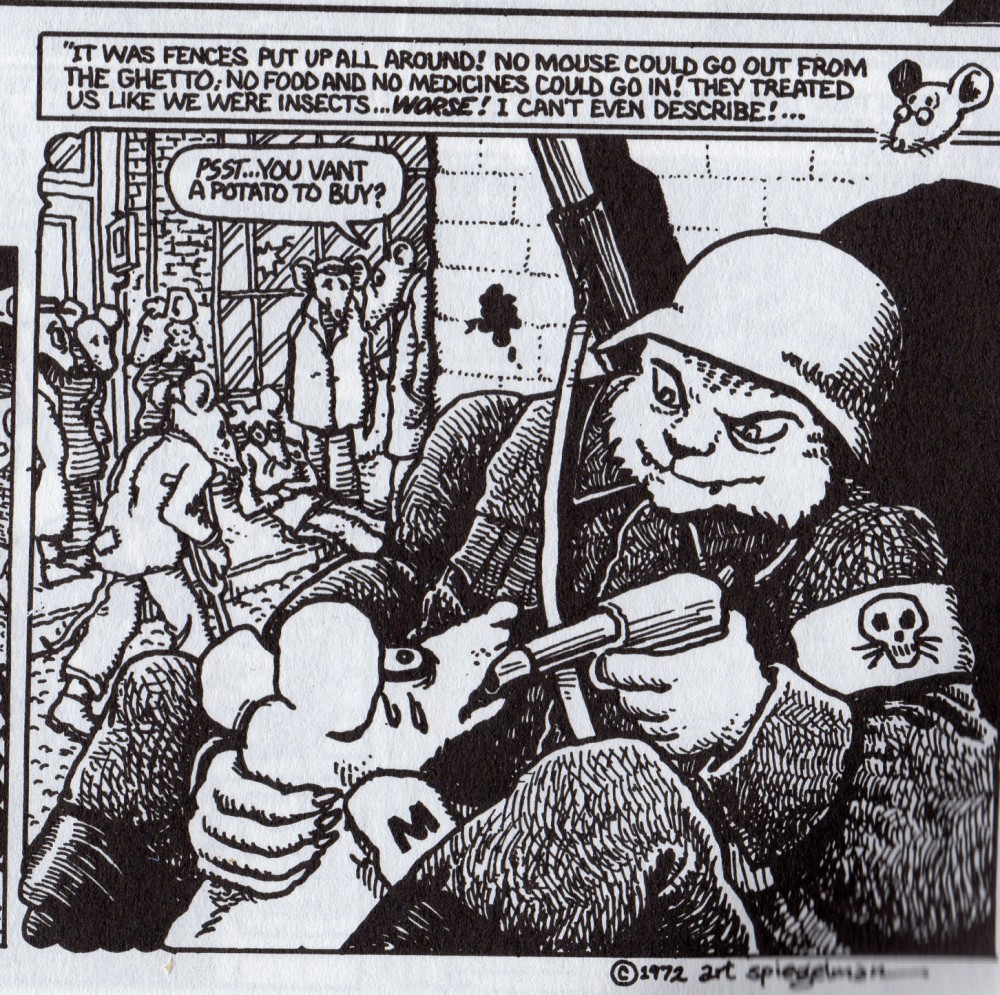
According to Kitchen, his collaboration with Lee, “Stems from a time when Underground Comics were florishing and suddenly we had what we called ‘the Crash of ’73.” A glut of material in Head Shops and local book stores and a Supreme Court ruling that threw obscenity laws into local jurisdictions. It was deadly to the Undergrounds, a lot of Head Shops and Bookshops were suddenly paranoid that they would be busted due to obscenity. I genuinely feared Kitchen Sink Press and all my cohorts would go under.”
Luckily, Denis had been corresponding with Lee. “We had this curious pen pal relationship. He offered me a job a couple of times. Of course, I was flattered but said, ‘No,’ until the Crash. He happened to call and I said, ‘Let’s talk.’ I flew to New York City and found he was amazingly receptive to an experimental magazine. One where we hoped to take the essence of the Underground and plug it into Marvel’s distribution system.
It took a lot of negotiating to find out how far Marvel could compromise. Stan ended up being amazingly receptive to using four letter words, and we even got away with full frontal nuditity, anything we wanted.”
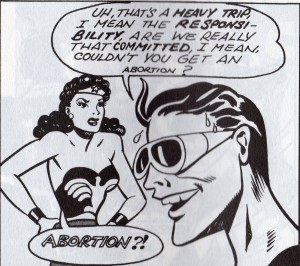
But don’t think it was a collaboration without conflict.
“There were fights over copyrights and getting art back, too “But we wore him (Stan Lee) down, so by the Third issue he said, “Goddamit, you can have your rights back, you can have your art back.’ So all this stuff that they had never done before, I was able to persuade him to do.”
The end was nigh when word of this new magazine began reaching the ears of Stan’s regular bullpen of writers and artists “it turned into a Pandora’s Box for Stan. The regulars and freelancers were like, ‘How come you’re doing this stuff with these Hippies? And you’re not letting us? We’ve been with you longer?’ And it was hard for Stan to walk that back.”
Consequently, “After the third issue, Stan pulled the plug. I had a couple of issues in the can and I asked him if he’d let me print the rest under Kitchen Sink, and he agreed, which was amazingly generous. ”
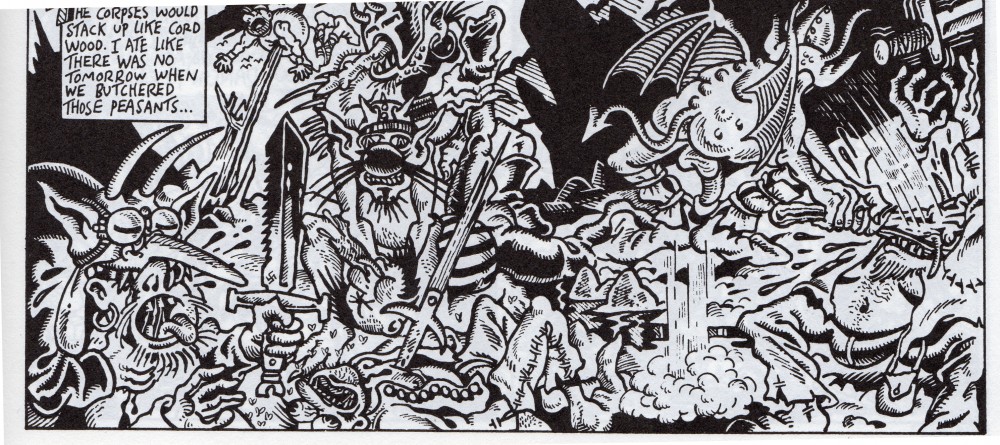
“In retrospect it’s kind of astonishing. When I look back at it now, that it happened at all and the kind of latitude we had. Artists like S. Clay Wilson, Justin Green, Trina Robbins, Art Spieglman (including the first national appearence of “Maus”). You can go down the list, all the big guys in Underground Comics, except Crumb, were in it. And most Underground Comic fans today don’t even know it happened.”
“When we decided to collect it Stan, graciously agreed to the intro. He actually called it one of the greatest things he ever did,” Denis Kitchen beams.



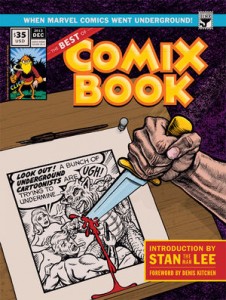
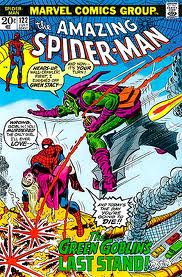

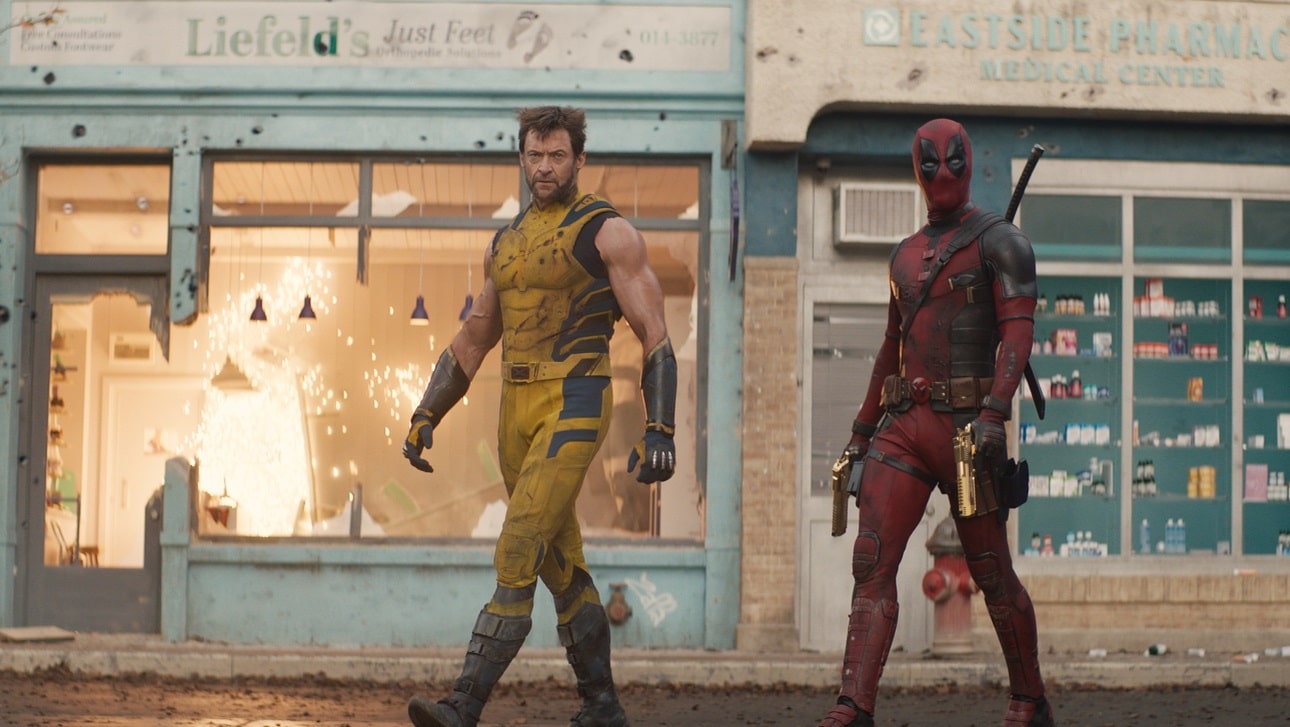



Wow- what a great piece of history! Can’t wait to get it.
I managed to complete the collection a few years ago.
After you read this, pick up the Witzend collection from Fantagraphics.
The 70s produced some interesting alternatives.
Everything from Warren down to stuff like Witzend and The First Kingdom.
Comments are closed.